The Oromo people used three flags during different occasions; a black flag during worship, a red flag during a war, and a white flag during the legislation. Following the expansion of the Oromo people, these three colors used as Oromo flag.
Journalist Jafar Ali
The Oromo are the largest ethnic group in the horn of Africa. They are native to the Oromia state of Ethiopia and the northern part of Kenya. The Cushitic branch and the significant components of the Afro-Asiatic family Oromo is the largest ethnolinguistic region in Ethiopia. The area consists of more than one-third of the population of the country.
This article covers the meaning of the six flags used in Oromia including
- Traditional Gada Flag
- Oromo Regional State Flag
- OPDO Flag
- OLF Flag
Let’s dive into it.
Traditional Gada Flag
The Oromo Gada flag consists of black, red, and white. All laid horizontally from top to bottom.
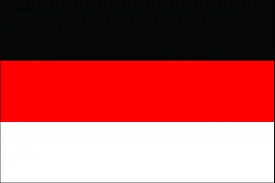
Each color represents a more profound concept.
- The black color represents those yet enters very active life, the part of human life is taken as unknown (black).
- The red show those who are also active in different organization, it’s the age that used as a light for the people.
- Finally the white indicates those who passed through active life in the society. They described the illustration for those who aren’t any longer considered as a sacrifice as the age of retirement.
Oromia Regional State Flag
As proclaimed by Oromia regional state (Flag proclamation No. 9/1996), the flag of Oromia regional state has three horizontally arranged colors: red at the top, white in the middle, and black at the bottom. It has Oda (sycamore tree) in the middle.
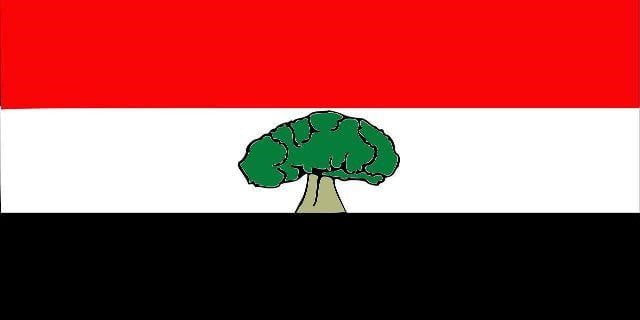
The meaning this flag conveys is as follows:
- Red : patriotism, struggle and victory
- White: prosperity, peace, and hope
- Black: principle, beauty and purity
- Oda: administration under the law
OPDO (Oromo People’s Democratic Organization) Flag
The OPDO was one of the ruling parties from the EPRDF (Ethiopian people’s revolutionary democratic front coalition).
Oromo Peoples’ Democratic Organization (OPDO) changed to the Oromo Democratic Party in 1990 after the relations of the existing Oromo Liberation Front with TPLF soured while they were fighting against the Ethiopian Democratic People’s Republic. In November 2019, Prime Minister and Ethiopian People’s Revolutionary Democratic Front Chairman Abiy Ahmed began the unification of the constituent parties of the coalition into a new Prosperity Party.
The flag was first founded in 1989. It is horizontally divided with red over yellow and a green triangle inserted alongside the left. It also has a traditional green sycamore tree right in the middle.
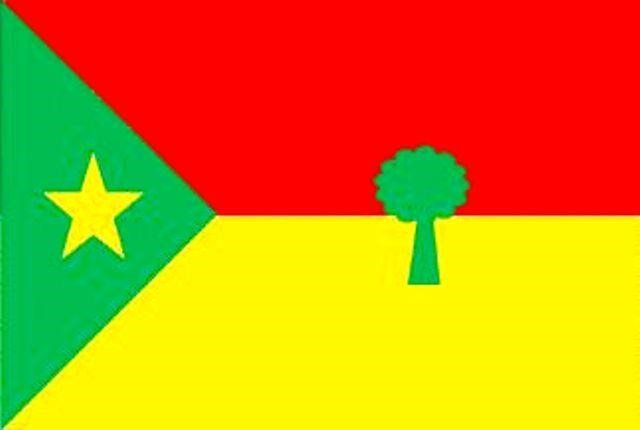
Now after its name changed to the Oromo democratic party (ODP), they use Gada flag as a party flag.
Oromo Liberation Front (OLF) Flag
Oromo liberation front was formed in 1973. It aims to ensure the self-determination of the Oromo people and serves them by seeking the nation’s equality as any other nation in the country. Most of the army of OLF, Oromo Liberation Army (OLA), split from the party by refusing the peace agreement made between OLF and the Ethiopian federal government initiated by Dr. Abiy Ahmed.
The OLF flag consists of three red, green, and red horizontal stripes. And the center of the flag has a yellow sharped edge disc with a sycamore tree at the middle and a red star above the sycamore tree.
“The goal of the OLF would be to liberate the Oromo nation which will allow the nation to vote on their future and decide on inter-ethnic relations”.
As Jaal Gammachiis Aboye described
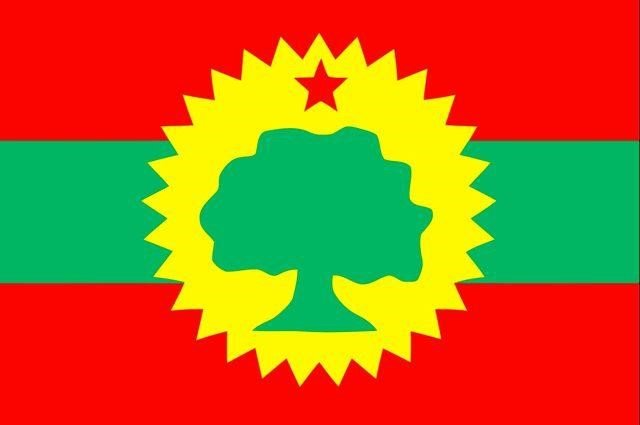
The three horizontally arranged colors of this flag indicate the green land of the Oromo as protected by the blood of its people. The yellow at the center is a morning star. According to the traditional Oromo astronomers, a morning star is seen at the same place every eight years. These eight years symbolize the election held every eight years by the Gada system.
Sycamore tree, Oda, has a great significance for the Oromo:
- It is ever green. This symbolizes prosperity.
- It is found throughout Oromia.
- It has a large shade which can be used for different purposes. In Gada System, the assembly discusses important issues and formulates law under this shade.
OFC (Oromo Federalist Congress)
OFC was formed by the union of OPC (Oromo People’s Congress) and OFDM (Oromo Federalist Democratic Movement) in 2012. It adopted the flag of OFDM and the logo of OPC. The official flag used by OFC is horizontally arranged in black and white colors with a red triangle on the left. On the white color are five stars and a sycamore tree. Unlike the tree’s stem on the Oromia regional state flag that branches into two, the tree on this flag has one stem.
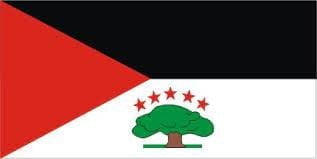
The meaning of this flag is as follows:
- Black for God. This representation is taken from indigenous religion of the Oromo, “waaqeffannaa”. In Waaqeffanna, it is prayed by saying “tokkicha maqaa dhibbaa, Gurracha garaa garbaa, yaa waaq si kadhannaa.” This translates to English as: One with hundred names, black with the gut of the ocean, we pray to you Waqa (God).
- Red for blood. This represents the warriors of Oromo who fight for their nation.
- White for peace and land of Oromia. White symbolizes land because land is something which can be clearly seen as opposed to God (black).
The flag used by the OFC youth organization, the Oromo youth league (OYL), is the Gada flag with two symbols: Sycamore tree on the white of the flag and a five-pointed star on the red of the flag.
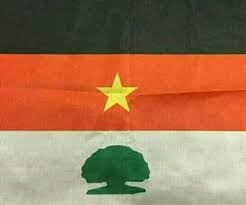
The above are the main flags used in Oromia. The others are less popular, and some have gone obsolete. Several parties in Oromia do not have an established flag.
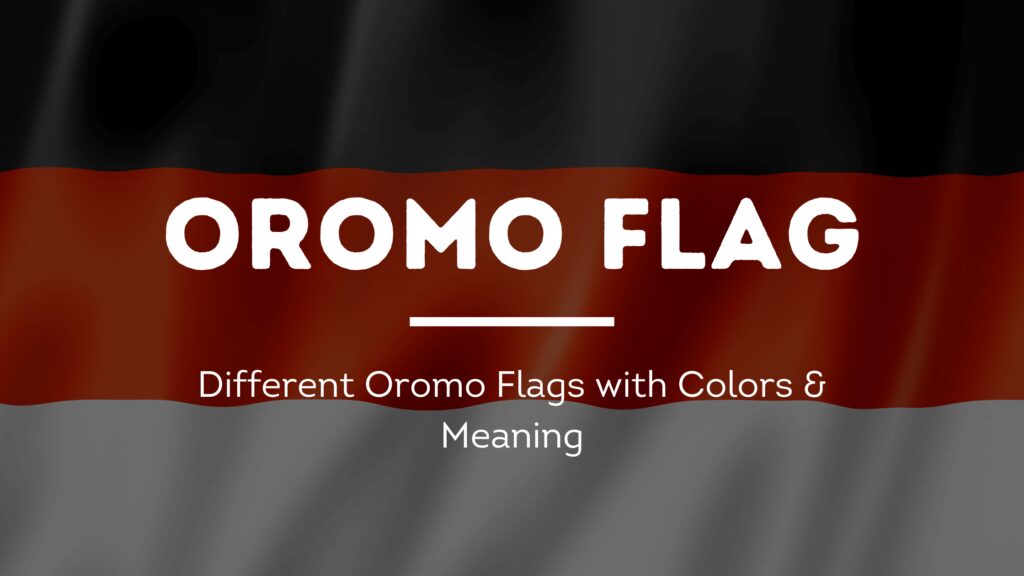
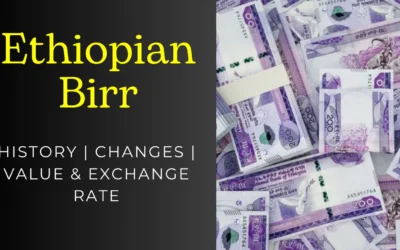
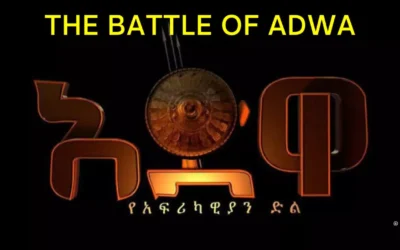
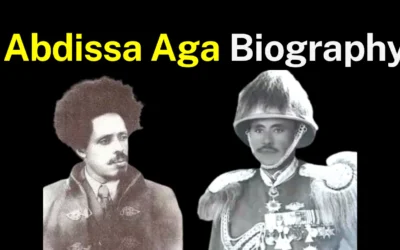
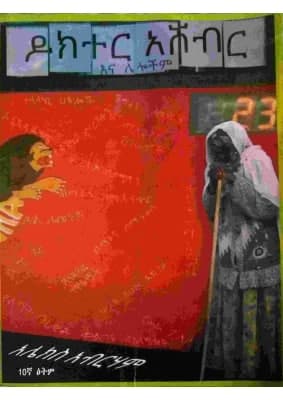
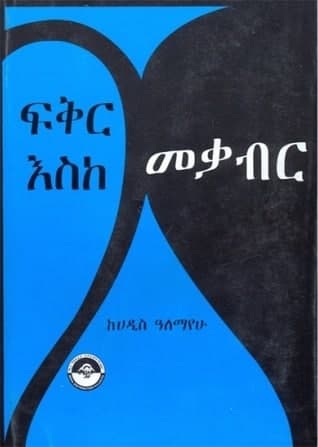
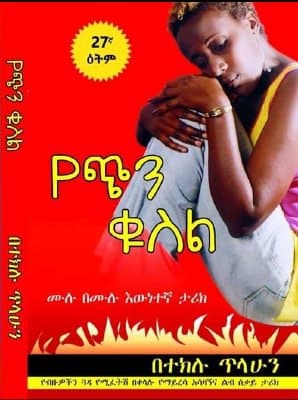
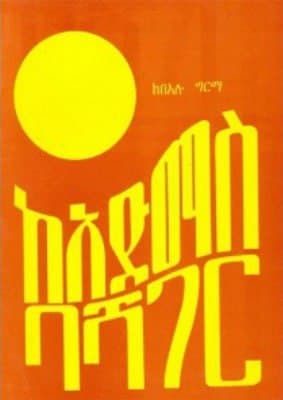
0 Comments